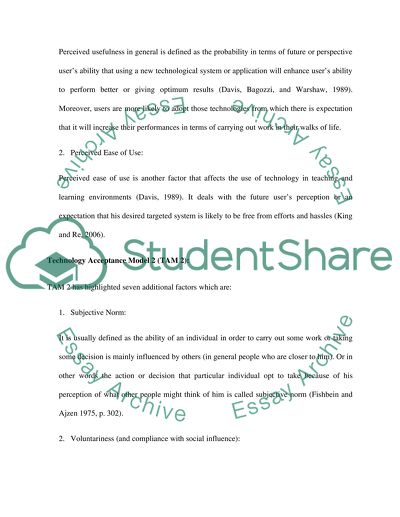Cite this document
(Factors That Affect the Use of Technology in Teaching/Learning Assignment, n.d.)
Factors That Affect the Use of Technology in Teaching/Learning Assignment. Retrieved from https://studentshare.org/information-technology/1604029-technology-acceptance-factors-of-cloud-computing
Factors That Affect the Use of Technology in Teaching/Learning Assignment. Retrieved from https://studentshare.org/information-technology/1604029-technology-acceptance-factors-of-cloud-computing
(Factors That Affect the Use of Technology in Teaching/Learning Assignment)
Factors That Affect the Use of Technology in Teaching/Learning Assignment. https://studentshare.org/information-technology/1604029-technology-acceptance-factors-of-cloud-computing.
Factors That Affect the Use of Technology in Teaching/Learning Assignment. https://studentshare.org/information-technology/1604029-technology-acceptance-factors-of-cloud-computing.
“Factors That Affect the Use of Technology in Teaching/Learning Assignment”, n.d. https://studentshare.org/information-technology/1604029-technology-acceptance-factors-of-cloud-computing.


